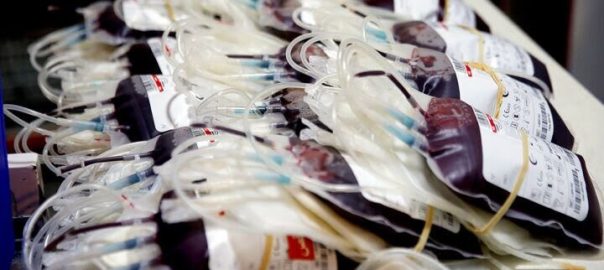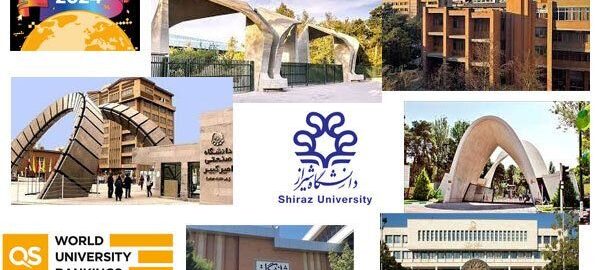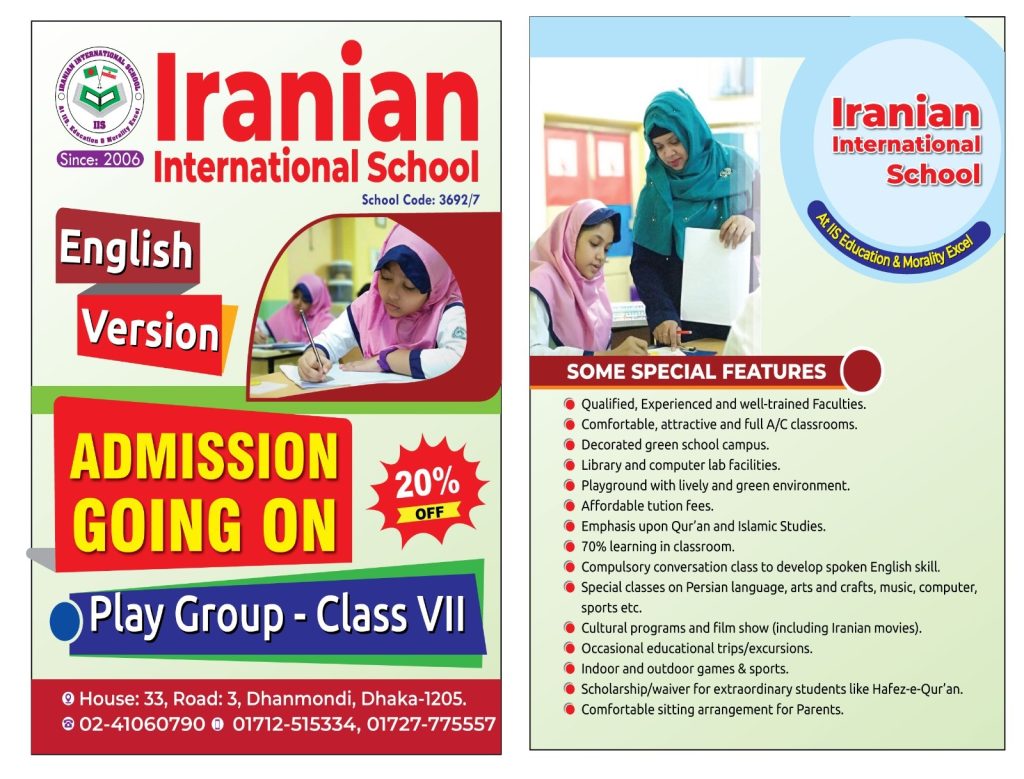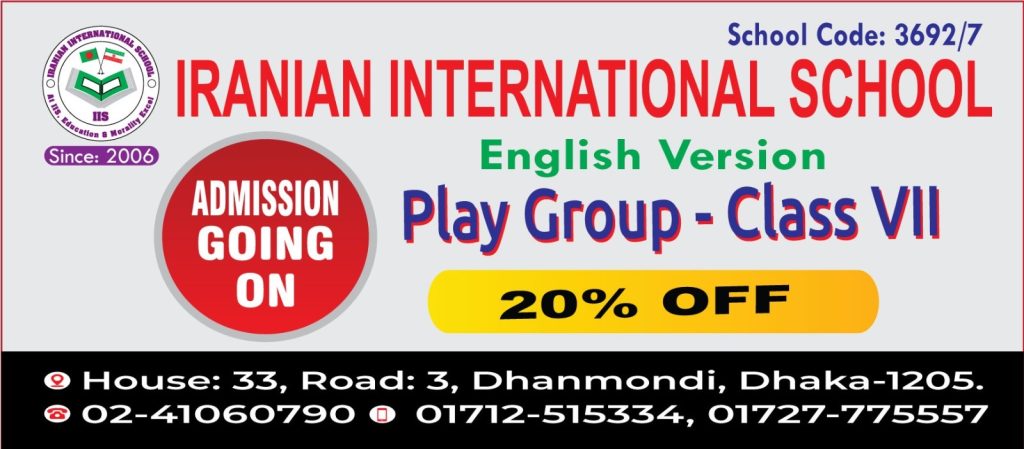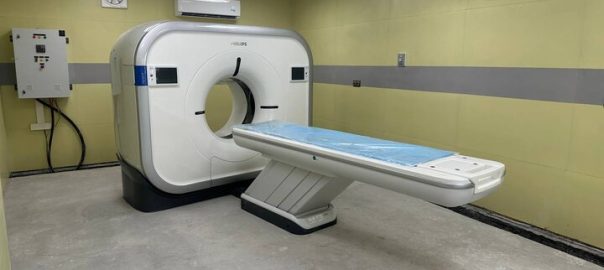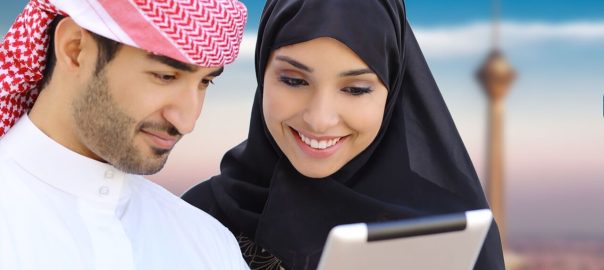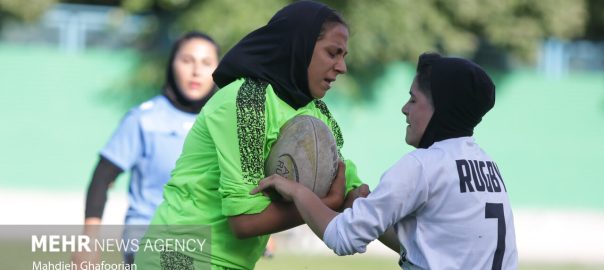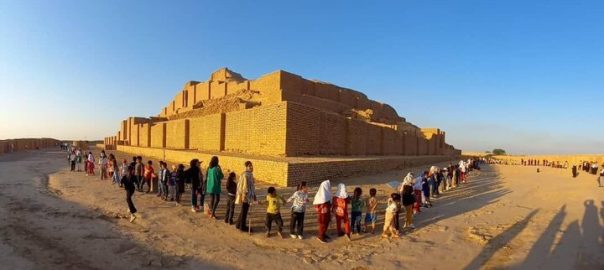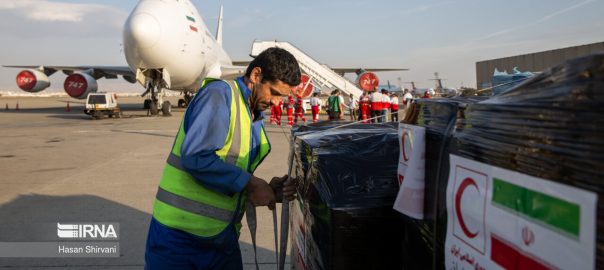A total of 938 Iranian researchers have been recognized among the world’s top one percent most-cited researchers in 2023, the head of the Islamic World Science Citation (ISC) Institute said.
“The Ministry of Science, Research and Technology represents 40 percent, and the Ministry of Health, Treatment, and Medical Education accounts for 48 percent of the most-cited Iranian researchers,” ISNA quoted Ahmad Fazelzadeh as saying.
In 2023, 938 top researchers affiliated with Iranian organizations have been identified, which shows a 12 percent increase compared to the previous year. Over the past decade, the number of highly-cited researchers in the country has been growing.
Medicine and Health with 33 percent, Multidisciplinary with 23 percent, Engineering with 20.5 percent, Basic Sciences with 12 percent, Agriculture and Environment with 10 percent, and Social and Human Sciences with 1.7 percent held the highest shares of the most-cited researchers, respectively.
One of ISC’s main responsibilities is to introduce highly-cited researchers and to provide the possibility to identify and introduce elite researchers and scholars. That is why scientific elites are the most important factor in the growth and development of scientific systems, and the number of institutions and highly-cited researchers is one of the criteria of scientific authority in the world.
The ISC Institute has extracted and monitored the latest list of the world’s top 1 percent most-cited Iranian researchers in 22 science subject areas based on the Essential Science Indicators (ESI) database.
In 2023, the University of Tehran, Tarbiat Modares University and Amirkabir University of Technology from the Ministry of Science, Research and Technology, and Tehran University of Medical Sciences, Kermanshah University of Medical Sciences and Tabriz University of Medical Sciences from the Ministry of Health, Treatment, and Medical Education have the highest number of one percent researchers.
Based on 22 subject areas, 23 percent of these researchers belong to the field of Clinical Medicine. The field of multi-disciplinary subjects with 22.6 percent and engineering with 19 percent, are ranked second and third in terms of having the greatest number of highly-cited Iranian researchers. These three fields account for about 65 percent of all highly-cited researchers in Iran.
First among Islamic countries
The Islamic Republic of Iran ranks first among Islamic countries for having the highest number of top two percent most-cited researchers, Fazelzadeh said in October.
Turkey and Saudi Arabia are in the second and third places, respectively.
The ISC is responsible for monitoring the status of science and technology in Iran and other Islamic countries based on scientometric analyses.
It analyzes and reports the latest findings from various reliable sources and authorities to raise awareness about the scientific performance of the country and its latest developments, IRNA quoted Fazelzadeh as saying.
“It also provides the necessary information to managers of science and technology in the country for planning and policy-making to encourage and reinforce strengths and provide solutions to overcome shortcomings and challenges,” he added.
One of these reports is based on the latest findings of the joint project of Elsevier (Scopus database) and a group of Stanford University researchers known as “Stanford University Scientists Rankings”.
The latest update of this database was published in October 2023.
The list analyzed the performance of authors for their published research outputs from 1960 to 2022 in 22 specific fields and 174 sub-fields, and based on that, introduced the scientists who are among the top two percent of the most-cited researchers in the world.
Fazelzadeh pointed out that in each edition, this database publishes two lists of highly-cited researchers in the top two percent of the world.
The difference between these two lists is the time period of the analyzed citations.
In one of the announced lists, the period of citations received is one year, and in the other list, the period of citations received is from 1996 onwards.
In the list published based on the one-year performance of researchers, out of 210,198 international researchers, 2,140 researchers were from the Islamic Republic of Iran.
As he said, the Islamic Republic of Iran has taken the first place in terms of the number of highly cited researchers in the top two percent among Islamic countries, and Turkey and Saudi Arabia are in the second and third places, respectively.
Fazelzadeh stated, “There are 204,643 international researchers in the published list based on career data. There are 869 researchers with organizational affiliations to the Islamic Republic of Iran.
Based on this list, the Islamic Republic of Iran ranks second among Islamic countries after Turkey, and Saudi Arabia ranks third.” /T.T/


